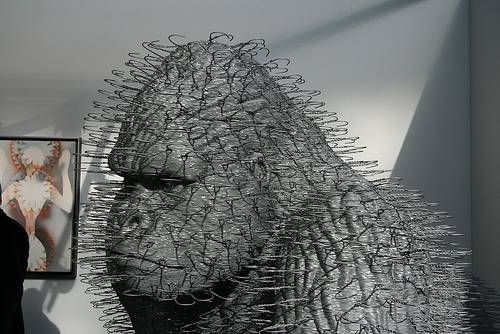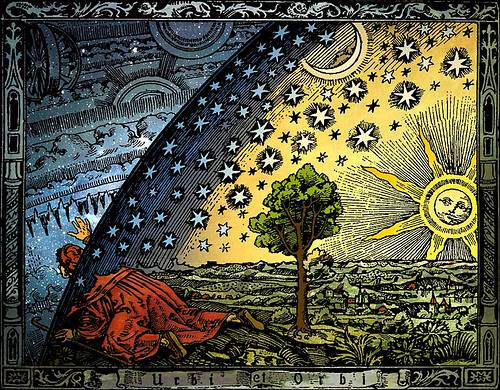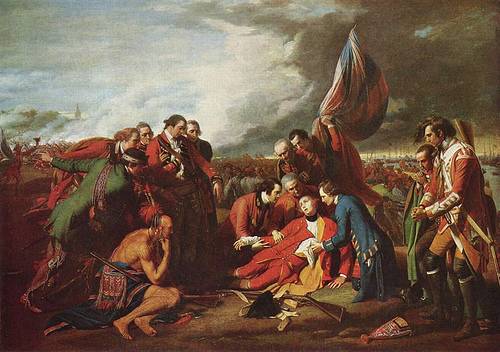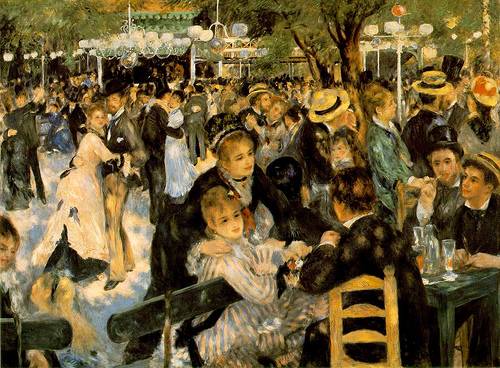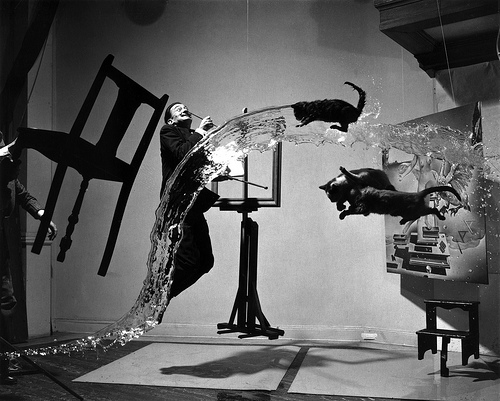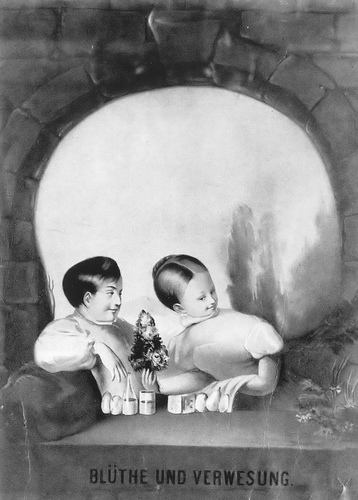Excerpts from the reviews of James William Davison, music editor of the London Times from 1846 to 1878:
- “Perhaps a more overrated man never existed than this same Schubert.”
- “[Schumann is] the very opposite of good.”
- “We should rather be inclined to class [Berlioz] a daring lunatic than as a sound, healthy musician.”
- “Never was a writer of operas so destitute of real invention, so destitute in power or so wanting in the musician’s skill [as Verdi].”
- “The entire works of Chopin present a motley surface of ranting hyperbole and excruciating cacophony.”
- “[Wagner] is such queer stuff that criticism would be thrown away upon it.”
- “He who imagines that, at any time within the last half century Franz Liszt was a musical composer must entertain either very odd notions of art or must be, qua music, an absolute ignoramus.”
But: “[William Sterndale Bennett] lives with us in his works. The music he created conquered, in some sense, the power of death.”

